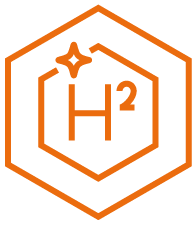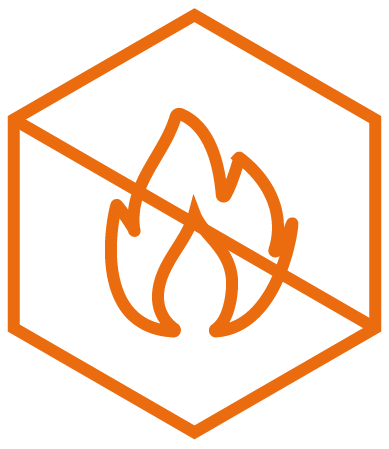Steam / CO2 Reformer Technology
Raven SR Steam / CO2 Reforming System
Steam reforming – no combustion, no pollution, just clean hydrogen and Fischer-Tropsch synthetic fuels
Steam reforming
Steam reforming is the industrial process used to produce synthetic gas, which is the precursor to Fischer-Tropsch synthetic fuels and hydrogen. Raven SR’s patented Steam/CO2 Reforming process converts all waste – biomass, municipal solid waste, bio-solids, industrial waste, sewage, medical waste and unwanted, unusable, excess, low methane natural gas – into synthetic gas, which is then converted into renewable energy products including hydrogen, sulfur, and nitrogen-free Fischer-Tropsch synthetic fuels, and additives and solvents.
Raven SR’s reductive chemical reaction does not admit any free oxygen into its process, which eliminates combustion and is therefore much a cleaner process that converts all feedstock into fuel – rather than incinerating it. This technology is unique to Raven and requires minimal waste sorting before processing waste methane.
The process
The power and efficiency of Raven SR’s technology lies in its Steam/CO2 Reforming process, created and patented by the late Dr. Terry Galloway.
The critical difference is that the Raven SR system does not allow free oxygen into the process. There is no combustion or catalysts in the process, so rather than burn our feedstock for heat, we convert it to fuel.
In its simplest form, the Raven SR process is straightforward. We heat waste until it turns to synthetic gas, then separate the hydrogen from the carbon. It is then reformed into clean hydrogen or Fisher-Tropsch synthetic fuels, with excess carbon sequestered in a usable powder.
The power of steam gives Raven SR’s technology the ability to convert any carbonaceous feedstock into a synthetic gas that is 55-65% hydrogen – higher than most processes, including plasma arc gasification. This hydrogen-rich syngas produces higher quantities of fuels with fewer emissions than any competing technology.
Raven SR’s Steam/CO2 Reforming process converts 100% of waste. We process multiple and mixed wastes into highest quality synthetic gas. About 15% of feedstock is converted into a solid bio-carbon which can potentially be sold. This means Raven SR has a near 100% waste utilization potential.











